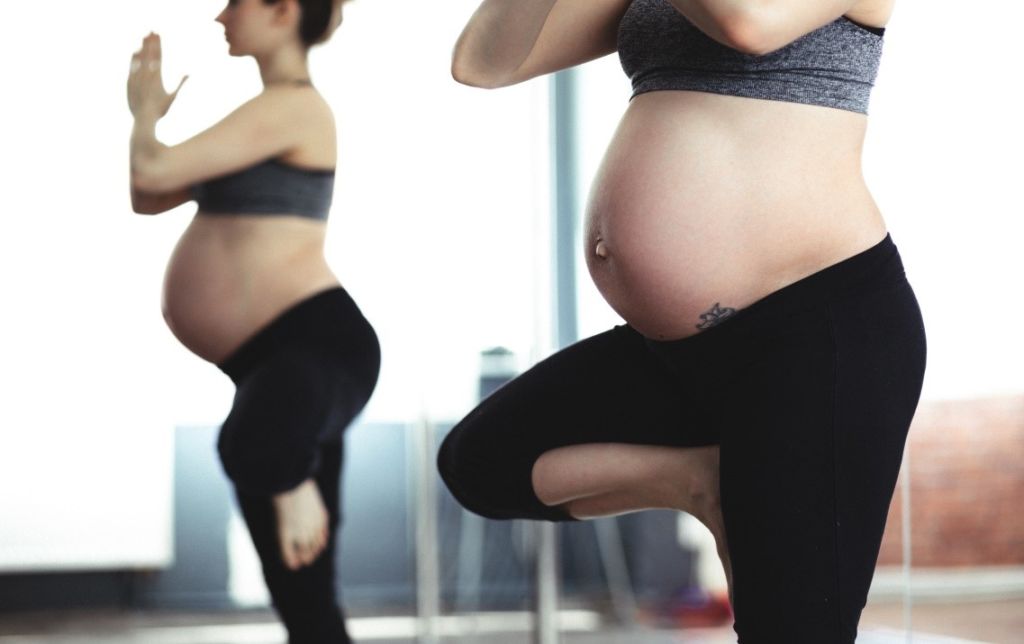Postpartum Recovery

Have you ever heard of an athlete getting back on the field after a major injury WITHOUT a period of rest followed by intense rehab? Of course not! But somehow the expectation for women after their pregnancy is to mysteriously “bounce back” to normal activity, appearance, and function without any guidance. Most mamas even attempt […]
Physical Therapy During Pregnancy

Maternity clothes✓ Registry✓ Hospital tour✓ Doula✓ Photographer✓ What could you possibly be forgetting? What about getting YOURSELF prepared? Likely from the moment you found out you were pregnant you have been focused on the tiny human growing inside of you. While prenatal vitamins, nursery preparations, and choosing the perfect name are all very important parts […]
Pregnancy Shouldn’t Be Painful

Gold Coast is thrilled to present a guest post by Sally Talbot, PT, Senior PT and co-owner of Health Motion Physical Therapy. Pregnancy is a wonderful and amazing time. However, creating a new life does create some major changes in the body. Pain in different areas during pregnancy is a common complaint. Physio–pedia.com states that back […]
Podcast Episode #27: Let’s Talk About the Pelvic Floor

Today on Ask the Doulas, we talk to JoEllen Bender of Hulst Jepsen Physical Therapy in East Grand Rapids. She is a physical therapist who specializes in women’s pelvic issues. Listen as she gives some tips and dispels some myths about the pelvic floor. You’re doing kegels right now, aren’t you?! Listen to the podcast […]
Getting To Know Your Pelvic Floor

We are pleased to present a guest blog by Melissa VanKampen, PTA. Melissa has been working in the field of physical therapy for 18 years with the last 8 focusing on pelvic health in particular. She works for Northern Physical Therapy in Coopersville, MI. though Northern has six locations with several of them offering pelvic […]


